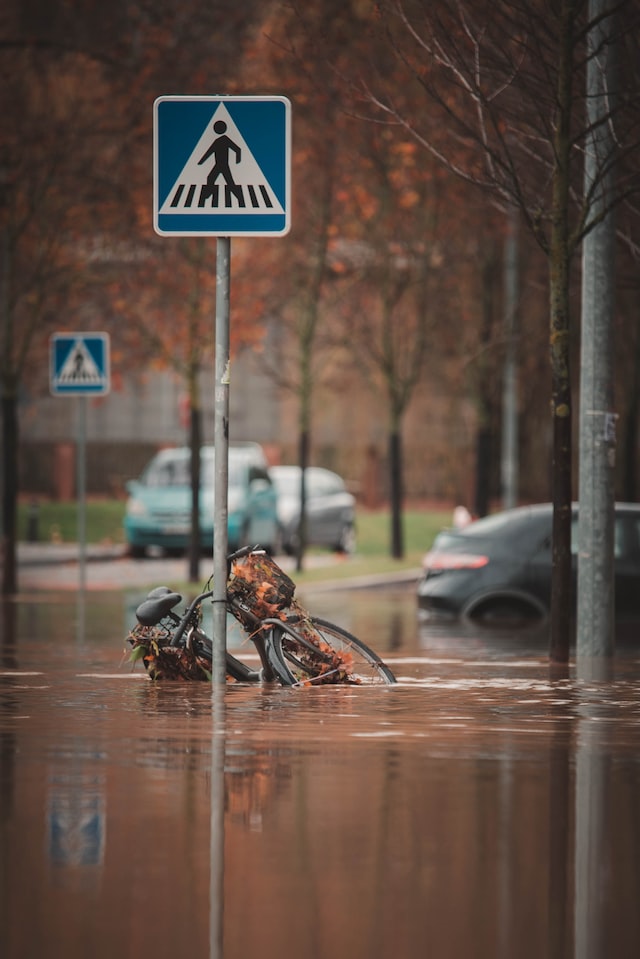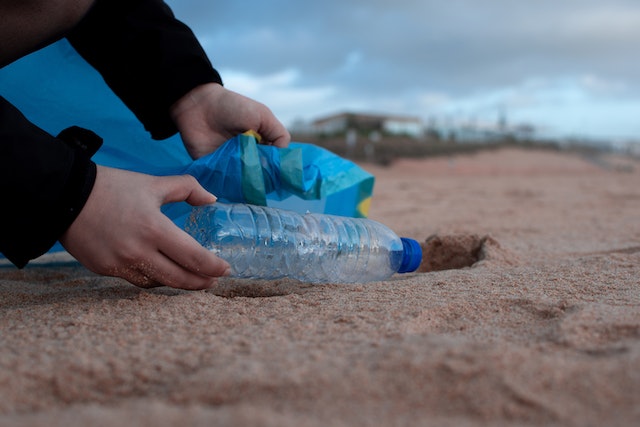It was a warm, sunny day in the small coastal town of Maple Bay. The birds chirped happily as they flitted between the trees, and the waves gently lapped at the shore. To the untrained eye, life here seemed idyllic: a perfect slice of paradise untouched by the world’s problems.
But the truth was very different.
As the years passed, the townsfolk had noticed a gradual increase in the severity of weather patterns. Floods were becoming more frequent, and the once balmy summer months were now oppressively hot. It was a problem that they had never grappled with before, and many were uncertain about what to do.

Thankfully, there were a few people who had been paying attention. A group of local experts had come together to form an initiative focused on climate change adaptation. They were aware of the looming threat that lay ahead, and they knew that the best way to prepare for the future was to start planning now.
Over time, they developed a comprehensive set of strategies designed to help the town cope with the challenges ahead. They explored new irrigation and water conservation techniques, installed flood-prevention measures, and worked with the community to reduce their carbon footprint.

As they went about their work, they found that they were not alone. Climate change was a global problem that affected everyone, and there were many other groups around the world that were working towards similar goals.
From cities in Denmark to small villages in Africa, people were taking steps to mitigate the effects of climate change and adapt to the new reality.
Of course, it wasn’t an easy process. The road ahead was long and filled with many obstacles. Climate change was a complex issue that required a collaborative effort from everyone. But as the group in Maple Bay looked out at the sparkling ocean, they were filled with hope. They knew that if they kept working together, they could help create a brighter, more sustainable future for all.
Climate Prepping: How to prepare for a climate disaster in the worst case scenario.


